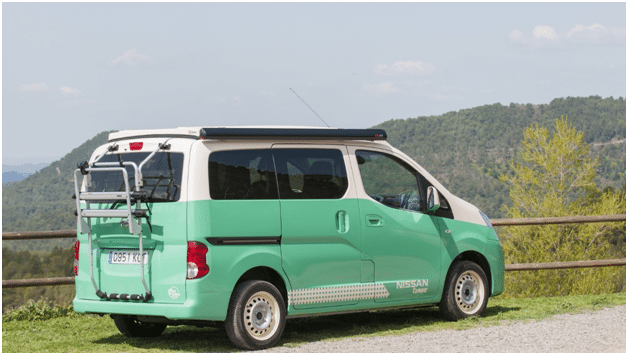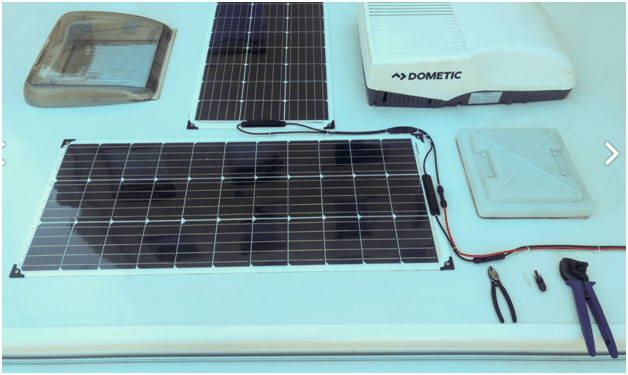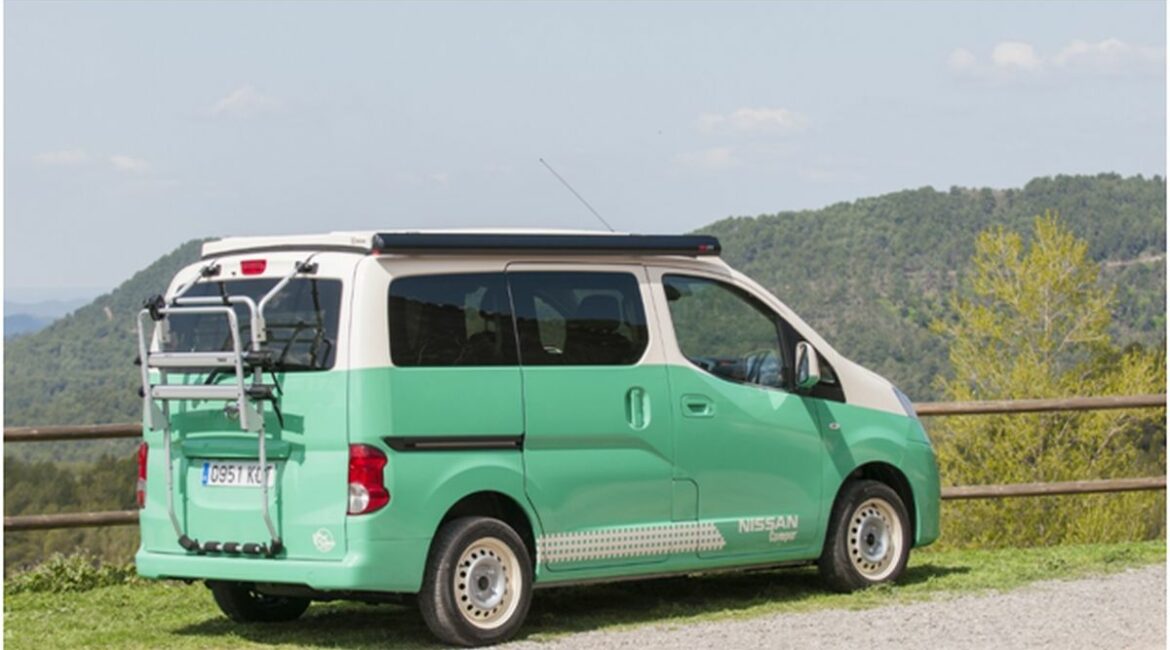Motorhomes are increasingly popular worldwide. More and more people are buying them, not only to drive to parking spaces equipped with water, power, etc., but also, increasingly, to wild places without any infrastructure. In the latter case, an energy reserve is necessary to power the electronic devices on board.
Unfortunately, a hotel gel battery can discharge in the first days of the stay and will need to be topped up. Of course, this can be done with an alternator while the vehicle’s motor is running, but it is expensive, noisy and cumbersome. A much better solution is to install solar panels on the roof of the motorhome. A properly selected photovoltaic system for a motorhome or caravan will ensure that we will not have to worry about energy shortages, and we will be able to enjoy our holidays with peace of mind. Below are the most frequently asked questions about solar systems for use in motorhomes and caravans, along with short answers to.
Should I choose a rigid or flexible solar panel for a motorhome?

In 99% of cases you should use a flexible solar panel glued to the roof. This solution is aesthetically attractive and resistant to theft and, above all, eliminates the problem of panels whistling on the roof while driving. Flexible panels also often take up less space. In addition, they do not contain water, as is the case with traditional glass solar panels, which can lead to delamination of the modules.
If we have a large motorhome with a flat roof and flexible panels, we do not have to worry about walking on the panels. If their entire surface is glued to the roof, they are strong enough to stand on. It is also worth mentioning that this kind of structure is more resistant to hail than a traditional glass panel.
Another factor is the price. Yes, rigid panels are cheaper, but when we consider the cost of assembly, the difference in price compared to flexible panels is less. The installation is also much more durable. The entire surface of the flexible panel is attached to the roof, while the rigid panel is only in connected at 4 or 6 points, depending on the kind of assembly system.
Is it possible to charge the battery with a solar panel and an alternator at the same time?
Yes of course. There is no fear that the alternator will interfere with the operation of the charge regulator or damage it. The regulators are fully autonomous and work with the battery based on voltage. The voltage level determines how the regulator will behave.
Do you need to disconnect the solar panels when a motorhome is connected to 230V?

No. When connecting to an external power supply system, you should have a 3-position switch in the motorhome that allows you to choose the type of power supply: solar panels, grid or zero. If the system is set to draw power from the grid, it has no physical contact with the solar system. The only contact that can occur is when charging the hotel battery from the network with a charger.But, as with the alternator, it has no effect on the solar system and there is no need to disconnect it. In general, the photovoltaic system should always be connected to the battery, if possible.
Where should we place the charging regulator in the motorhome?
It is best to place the charging regulator not more than 1 to 1.5 meters away from the battery due to large energy losses. The voltage drops much faster, due to the distance between the regulator and the battery, than it does between the solar panel and the regulator. It is simply lower and therefore prone to greater drops.
It is also important to provide an airy space for efficient gravity cooling of the charging regulator. It should definitely not be in a closed space.
Is a liquid electrolyte battery suitable for a motorhome
In general, liquid electrolyte batteries are not intended for cyclic operation, i.e., charging and discharging. This type of battery loses significant capacity after 20 full charging and discharging cycles. It should also be noted that these batteries are not sealed and may emit acid fumes harmful to health and should not be stored in the cabin. If we decide to use such a battery, it should be outside of the living spaces
Can we charge two batteries with one panel?

Yes. DUO regulators are used tocharge two different batteries at the same time. Most often the two are a gel hotel battery and a liquid electrolytebattery in the engine compartment. Since it is possible to change the configuration, we can determine which battery will have the higher charging priority in 10% steps. Nevertheless, it is better to focus only on charging the hotel battery and, for example, to invest in a regulator with an MPPT system. This is especially true if the battery in the engine compartment does not supply anything except the starter.
Can we put a voltage converter in a motorhome?
Some motorhomes have them and they can be used as much as possible. However, it should be remembered that the voltage converter is an additional expense and when converting voltage from direct current to alternating current you lose about 10%. When equipping our motorhome or caravan, it is better to think in advance and purchase all 12V accessories. Currently, stores offer any kind of device we could want capable of being powered by 12V or 24V DC voltage. One big advantage is the silence. Without a converter, we do not have the noise of whirring fans in the cabin to cool the components.
Which panel should we choose for a motorhome with a refrigerator?
It all depends on what fridge we have. If it is an absorption refrigerator or a Peltier refrigerator with a fan, it does not make sense to choose a photovoltaic system. These types of refrigerators work non-stop and consume a lot of energy. They are intended to be used while the alternator is in operation. However, if we have a typical tourist refrigerator (12V/230V/gas) or any other type of compressor refrigerator powered by DC voltage, a set with a 100W panel and an MPPT regulator should be enough. However, if you do not want to buy a more expensive regulator, you can choose a 160W panel and a traditional PWM regulator.
However, if we have slightly more financial resources, it is worth considering the purchase of a 160W module with an MPPT regulator. This configuration will provide the entire motorhome with electricity in the months of April through September without the need to connect to an external power supply or recharge the battery from a rectifier or alternator.
